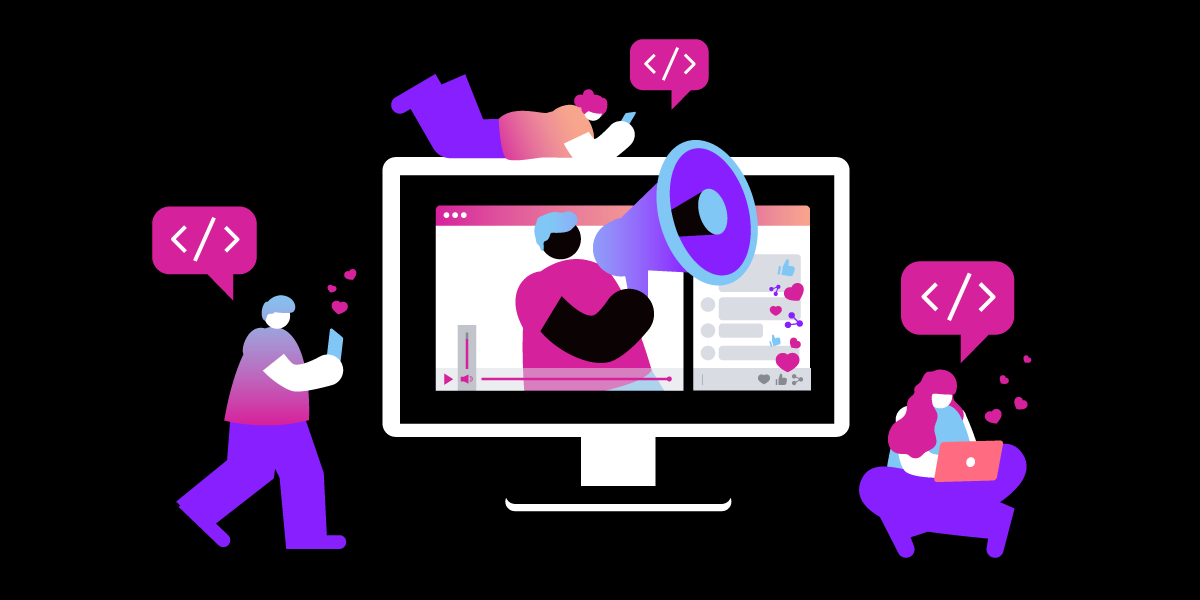HOME > TECH
Discovering the Versatility of Vonage OpenTok API Features through React Integration

- Understanding Vonage OpenTok API
- Getting Started with React
- Integrating Vonage OpenTok API with React
- Enhancing User Experience
- Deploying and Scaling
In the modern era of digital communication, real-time video interactions have become an integral part of various web applications. Developers are constantly seeking robust and reliable solutions to incorporate video chat functionalities into their applications seamlessly. This is where the Vonage OpenTok API and React come into play. In this blog post, we will explore how the Vonage OpenTok API features can be leveraged effectively in conjunction with the React framework to create immersive real-time video experiences.
1. Understanding Vonage OpenTok API:
The Vonage OpenTok API provides a comprehensive set of tools and services for building live video, voice, and messaging applications. It offers scalable infrastructure, SDKs, and a rich set of APIs that allow developers to integrate real-time communication features into their applications effortlessly. With OpenTok, developers can enable video chat, screen sharing, recording, and more, providing a seamless and engaging user experience.
2. Getting Started with React:
React, developed by Facebook, is a widely adopted JavaScript library for building user interfaces. It simplifies the process of creating interactive and reusable UI components by utilizing a declarative approach. React's virtual DOM efficiently updates the user interface, making it an excellent choice for building dynamic web applications.
3. Integrating Vonage OpenTok API with React:
A) Setting Up a React Project: Begin by setting up a new React project using Create React App or your preferred method. Install the required dependencies, including the Vonage OpenTok JavaScript SDK.
B) Initializing the OpenTok Session: Import the OpenTok library into your React component. Create a session object by calling the 'OT.initSession()' method, passing in your OpenTok API key and session ID.
C) Connecting to the OpenTok Session: Subscribe to important session events such as 'sessionConnected', 'sessionDisconnected', etc. Use the 'OT.connect()' method to connect to the session.
D) Publishing and Subscribing to Streams: Generate a publisher object using the 'OT.initPublisher()' method to capture the user's video and audio. Publish the publisher stream to the session using the 'session.publish()' method. Subscribe to incoming streams using the 'session.on('streamCreated')' event and display them within your React components.
E) Implementing Additional Features: Leverage the OpenTok API to enable screen sharing, recording, text chat, and other interactive features. Utilize React's state management and component lifecycle methods to control the behavior of these features within your application.

4. Enhancing User Experience:
A) UI Customization: Use React's component-based architecture to create a visually appealing and intuitive user interface for your video chat application. Implement features such as participant lists, mute/unmute buttons, video controls, and more.
B) Responsive Design: Leverage React's responsive design capabilities to ensure your application adapts seamlessly to different screen sizes and devices.
C) Error Handling and Exceptional Cases: Implement error handling mechanisms to gracefully handle scenarios like network disruptions, failed connections, or unsupported browser environments. Utilize React's error boundaries to capture and display errors without breaking the application's overall functionality.
5. Deploying and Scaling:
A) Deployment: Choose a suitable deployment platform for your React application, such as Netlify, Vercel, or Heroku. Configure the necessary build and deployment processes specific to your chosen platform.
B) Scaling: Vonage OpenTok API provides scalable infrastructure, allowing your application to handle a growing number of concurrent video sessions. Monitor and optimize server-side performance to ensure a smooth experience for your users as your application scales.
Conclusion:
Integrating the Vonage OpenTok API with React empowers developers to build powerful, real-time video chat applications. React's component-driven approach combined with the flexibility and reliability of the OpenTok API enables the creation of immersive user experiences. Whether you are building video conferencing platforms, online classrooms, or social applications, the combination of Vonage OpenTok and React provides a solid foundation for delivering seamless real-time communication to your users.